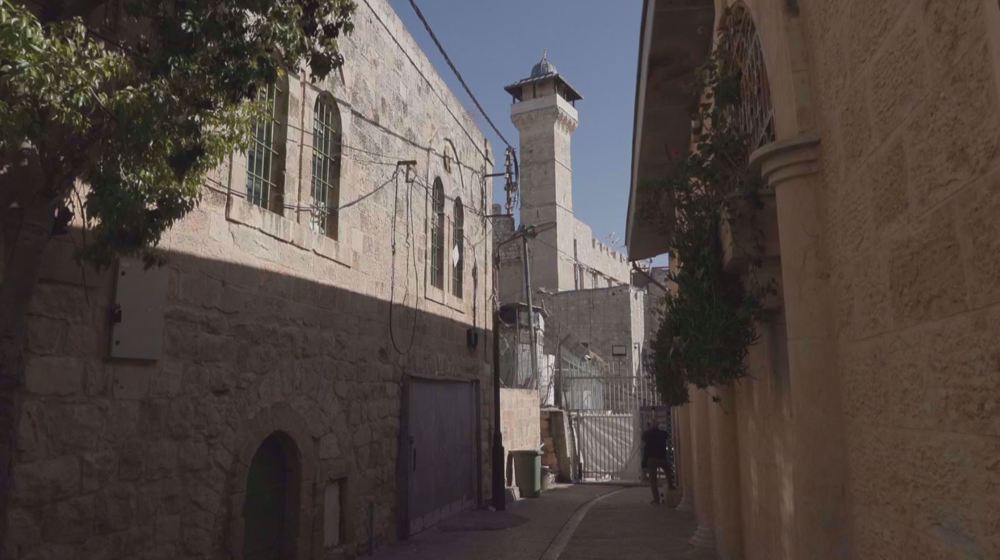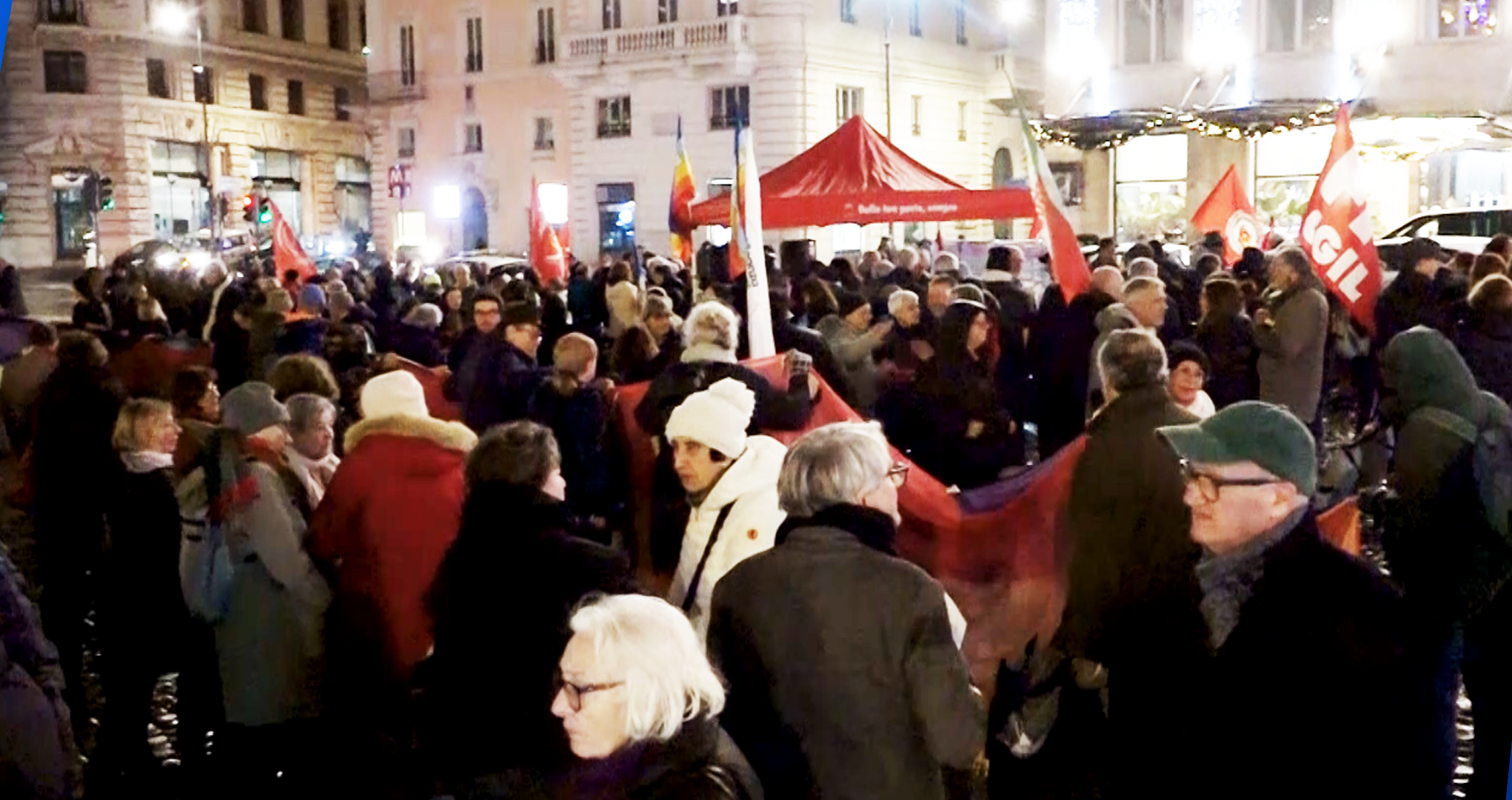UK reports sharp rise in weekly covid deaths
Saeed Pourreza
Press TV, London
Weekly deaths caused by coronavirus have risen to their highest level in England and Wales since the beginning of July. That comes as the latest round of talks between the government and leaders of the greater Manchester region in the country’s northwest over stricter restrictions break down.
A total of 438 deaths linked to COVID in the week ending 9 October, up from 321 deaths in the week to 2 October. The 117 additional deaths the Office for National Statistics says marks a 36 percent rise from the previous week.
The majority of those deaths have occurred in hospitals, the rest in care homes and elsewhere. Since the week ending September 4, coronavirus deaths have been roughly doubling every two weeks.
To keep the fast spreading infection in check, the British government has introduced a tiered system that imposes different degrees of restrictions on various parts of the country depending on their infection rates.
Already, it’s imposed tier–three, the toughest level of restrictions, on areas in the country’s north. But the Mayor of one of those regions, the greater Manchester Area, has resisted the new restrictions asking for additional financial support.
An agreement would move three million people in the Manchester area into England's highest band of coronavirus controls, joining millions more already under tier-three.
At the moment, more than half of England's population is under tighter restrictions. The capital London is on the second-highest alert level that bans people from different households meeting indoors.
The government says the measures are aimed at slowing rising infection rates and preventing the National Health Service from being swamped this winter while seeking to avoid a national lockdown and subsequently an economic disaster. That’s all very well, but the big question is: will these measures indeed work to prevent another national lockdown.? We’ll just have to wait and see.
1 killed, 3 injured as bus hits Israeli ultra-Orthodox protesters during anti-conscription rally
VIDEO | Trump destabilizing nations
VIDEO | Palestinians condemn Israeli decision targeting Ibrahimi Mosque authority
VIDEO | Economic protests in Iran exploited by organized rioters
Iran receives first image from Tolou-3 remote-sensing satellite after successful orbital tests
Israeli foreign minister’s visit to Somaliland sparks diplomatic outrage
Gold inches closer to record peak as geopolitical risks lift safe-haven demand
Historic hospital leveled in Quneitra amid Israeli incursions into Syria









 This makes it easy to access the Press TV website
This makes it easy to access the Press TV website